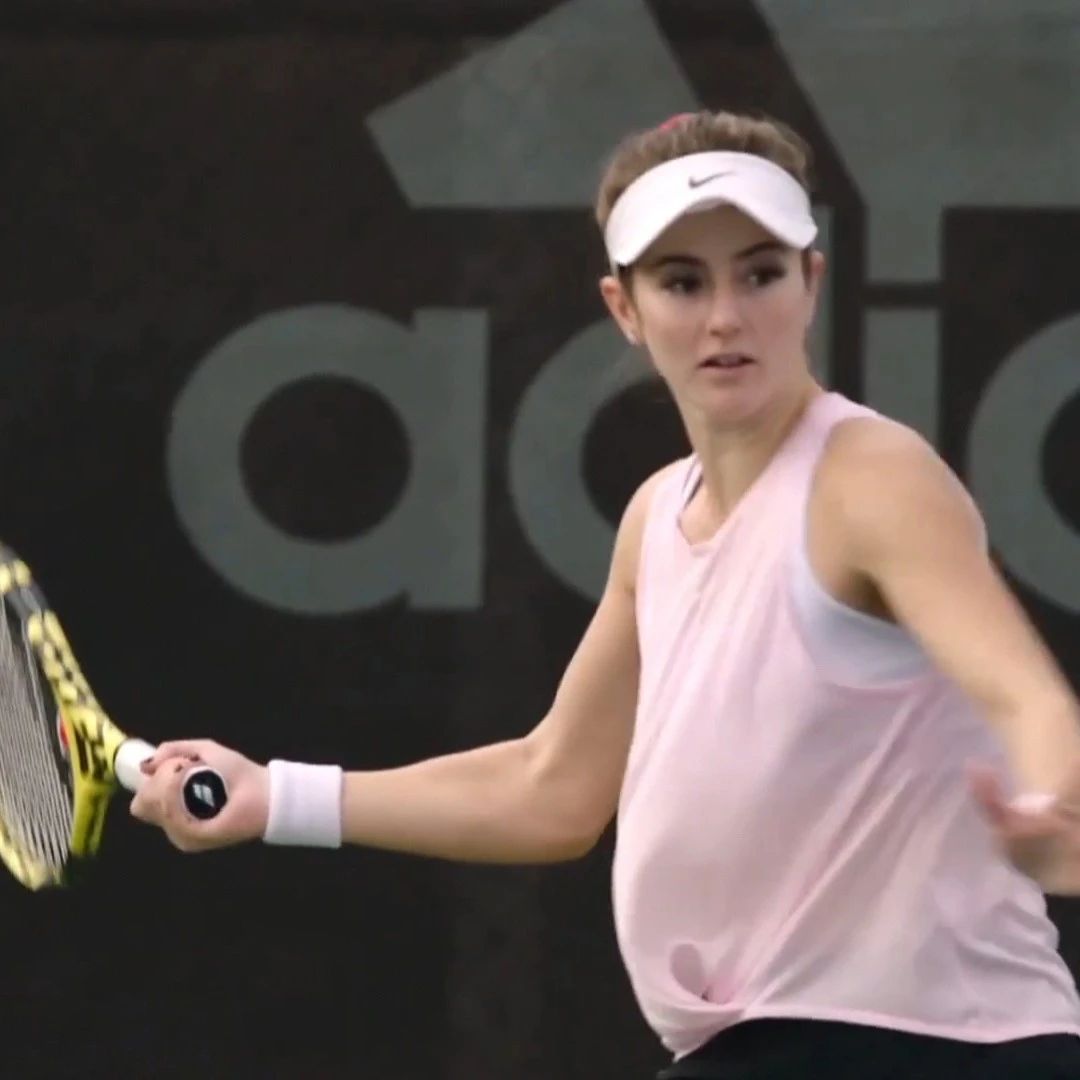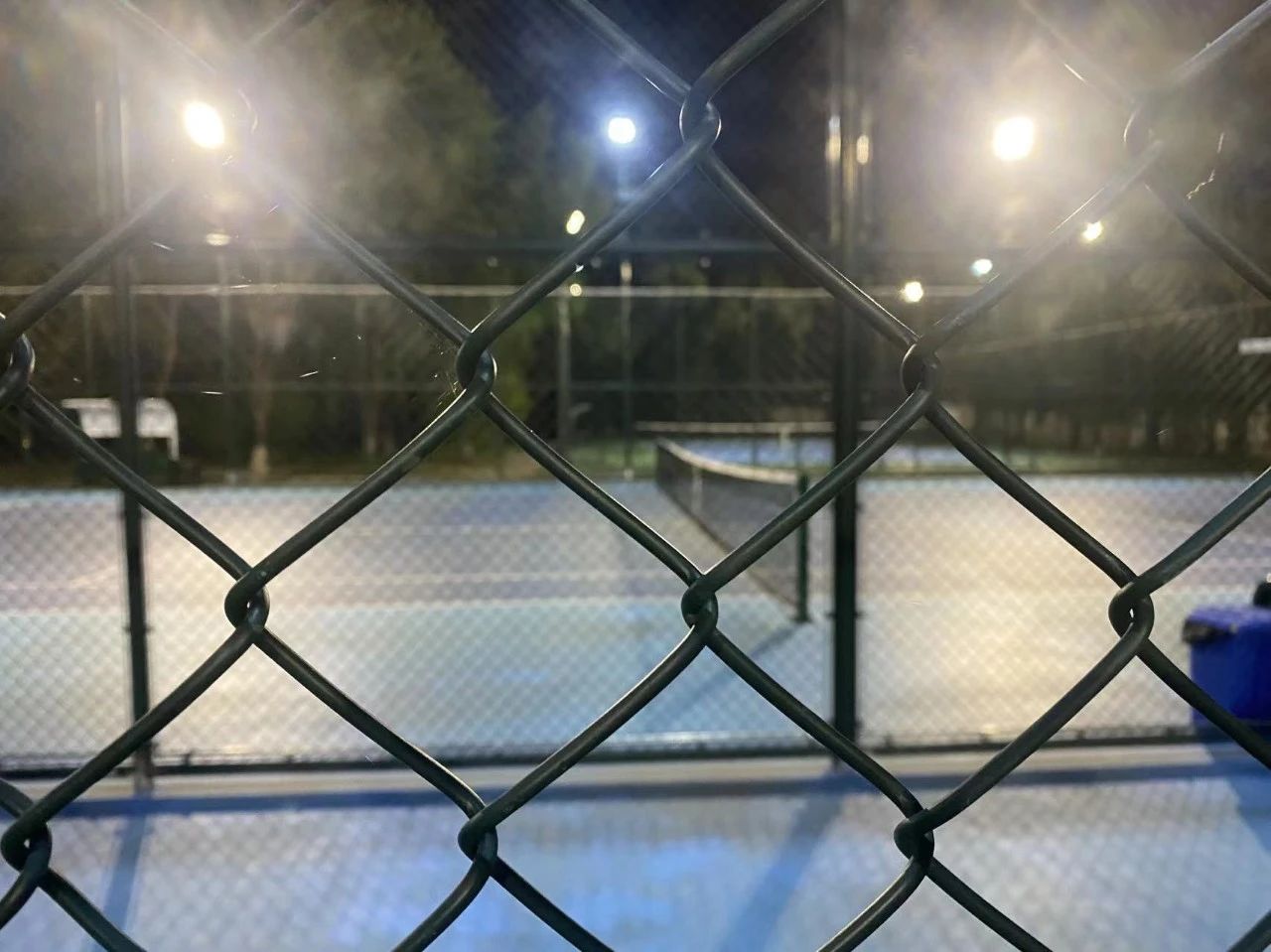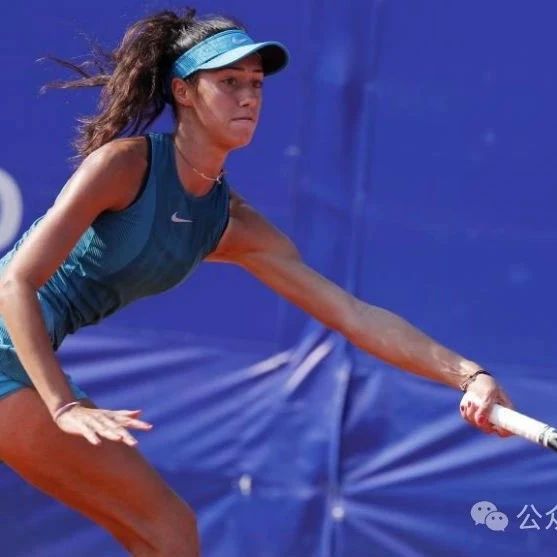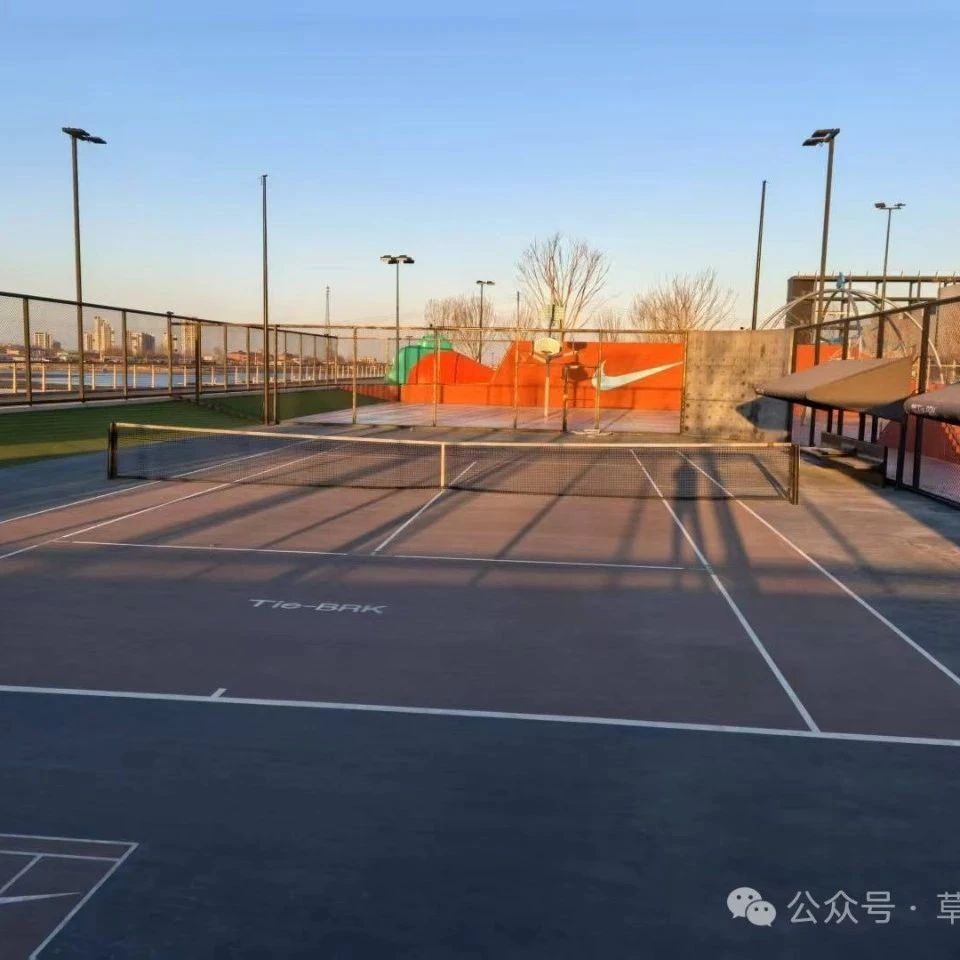From forehand improvement to match strategy: Is it possible for a player at tennis level 2.5 to learn the high-pressure shot?

(First of all, congratulations to last week’s king from the comments section: Donke7 from Hunan🔥! Here’s a can of Passion tennis balls for you—may your skills keep dazzling the court, and may your passion stay as strong as ever!)
01
Tell the truth, or cater to the demand?
"In a 2.5-level match, I keep missing my net shots—could you help me practice net approaches and overhead smashes?" a female player shared in her feedback.
After evaluating her capabilities from both physical and technical perspectives, the author "ruthlessly" turned her down. While losing this "valuable training opportunity" is certainly regrettable given today's education and training environment, "unrealistically catering to demands" would keep me up at night.
Behind the harsh rejection, I’d like to share some deeper reasons:
1. Improving tennis skills must align with the natural progression of development—moving in a spiral upward. If the techniques planned during training sessions lack continuity, students will have insufficient opportunities to practice and apply them effectively outside of class.
(What you learn in class isn’t useful outside of it—so training sessions become pointless.)
If I do it this way, it’s truly "not focused."
2. Tennis is a sport with inherent risks—players can face serious danger if they step into the net at the wrong moment. If training sessions focus solely on teaching players net-side techniques, it may lead to overconfidence, causing them to rush in for volleys at inappropriate times. Getting hit by the ball at the net can result in anything from minor bruising and swelling to more severe injuries that may even mar a player's appearance.
(Training can lead players to become blindly confident, and unchecked confidence can be dangerous.)
3. In tennis training, both the instructor and the student are engaged in a collaborative relationship—working together as teacher and learner. It’s essential for collaborators to be honest with each other. If, at the early stages of training, instructors disregard the structured curriculum and tailor the content solely to meet students' immediate needs, there may come a point when students’ growing knowledge and skills surpass those of the coach—and they might even start blaming their instructor for it.
("High cognition" should guide "low cognition," rather than keeping them trapped in low-level thinking to pursue personal gain.)
What a relief—how wonderful, how delightful! Next, the author will discuss from two perspectives why players need to first master the "perfect forehand."
02
The Significance of Forehand Enhancement
When asking players about their assessment of their baseline techniques, I often hear: "My forehand can generate power but lacks consistency, while my backhand is stable but struggles to produce force." Based on this feedback, should we focus more on strengthening the backhand and improving the stability of the forehand?
Low-level players sometimes struggle to objectively assess their own technical abilities. When addressing issues, it’s crucial to focus on the main contradictions—rather than creating more problems in the process. At the core of a player’s fundamental technical challenges lies the failure to master the "ground-based power generation and upper-body control" technique: effectively using explosive lower-body movements while maintaining precise control with the upper body.
Strengthening the forehand has three key benefits for building a player's technical foundation:
1. Engaging the entire kinetic chain in the swing is a great start.
A powerful, "forceful and decisive" forehand stroke relies on the coordinated action of joints across the entire kinetic chain—from ankle to knee to hip to spine to shoulder to elbow to wrist. In other words, if a player wants to unleash their full-body power, they must ensure seamless collaboration among every joint and muscle along this dynamic chain.
Why do coaches initially ask players to hit the ball as far as possible during forehand instruction? It’s all about assessing whether they can effectively engage their entire kinetic chain—after all, "subtraction is easier than addition" when it comes to building that chain.
2. A stable swing comes from the ability to control your body.
Swinging sports like tennis, golf, and baseball share a common principle: the farther the point of impact is from your body's central axis, the greater the power generated—but the more challenging it becomes to maintain precise control over the ball.
Among all tennis techniques, the forehand stroke involves the hitting point farthest from the body's central axis, which means players must exert their utmost effort to maintain balance and, in turn, control the racket. To put it dramatically, a player's ability to effectively control their body during the forehand directly sets the upper limit of their overall technical prowess.
In advancing forehand instruction, coaches not only encourage students to swing with full power but also emphasize landing the shot near the baseline—this is to assess whether students have developed the necessary control over their strokes.
Whether a player can use full power to toss the ball from the baseline and land it precisely near the opponent’s baseline is considered the "gold standard" for assessing whether they’ve truly mastered the forehand technique. A "tossed ball" means the ball’s speed is entirely generated by the player, while "from baseline to baseline" indicates the player has struck the perfect balance between power and control.
3. Forehand shots lay the foundation for developing a feel for other techniques.
Ball-feel training should be integrated throughout a tennis player's entire career—after all, even top-level athletes experience a decline in their competitive form once they stop practicing, simply because their ball feel deteriorates without consistent engagement. Naturally, high-performance players are no longer suited for basic ball-feel exercises like tossing, juggling, or hitting the ball with the racket; instead, their exceptional ball awareness stems directly from years of focused training and deep immersion in the sport.
Hitting the ball and developing a "feel" for it is an output-input relationship. Only when players can consistently generate high-quality returns with their forehand do they begin to develop a deep understanding of the ball’s speed, spin, and landing point. This clearly illustrates that if a player struggles with their forehand—lacking proper feel and reacting blindly—they’ll end up on the defensive, with no time left to execute any meaningful shots.
Finding the "balance between input and output" is an important learning methodology that can be applied to other fields. Take English learning as an example: improving listening comprehension fundamentally depends on practicing spoken output—only by pronouncing clearly can you truly understand what native speakers are saying.
For tennis, output is the prerequisite for input, and mastering the forehand is one of the key ways to develop a feel for the ball.
03
Match strategy centered around the forehand
All game strategies should revolve around players' technical foundations. Due to space constraints, this article provides only a brief overview, focusing on both high- and low-level approaches.
Low-Level Players' Game Strategies
Low-level players often find themselves stuck in the dilemma of which technique to use when returning the ball, leading to unforced errors. The key for players to break free from the "error" curse lies in confidently sticking with their forehand stroke technique.
Tennis is a game of probability—hitting a confident forehand will always outperform an uncertain backhand. At lower levels of play, "positioning strategy" and "aggressive movement" can help make up for gaps in a player's other technical skills, enabling them to secure wins.
Under these circumstances, it’s okay even if the forehand is off—after all, the player is executing the shot correctly. Just make sure not to opt for unfamiliar, high-risk scoring methods when playing into the wind.
High-Level Players' Game Strategies
High-level players should continuously refine their forehand skills, mastering spin and pace control to maximize the placement of their shots across the opponent’s court. Opportunities are created proactively—after all, modern tennis strategies have already rendered the traditional defensive approach obsolete. To excel at the highest level, players must seamlessly integrate an "extreme forehand" into their overall tactical game plan. With that in mind, this writer offers a starting point for further discussion and inspiration.
Fast-paced play: The core strategy is "press the opponent into a defensive position while aiming for offensive opportunities." By leveraging speed, players keep the ball landing near the baseline, putting relentless pressure on the opponent and forcing errors. Aim to control the ball's landing point within one meter of the baseline—this forces your opponent to cover more ground and deters them from rushing forward easily. After all, whoever secures the center of the court first typically gains a significant advantage in the match.
Playing against the wind: When your opponent tries to come to the net, use spin to make it tough for them to execute low or high volleys. Once you’ve destabilized their balance, strike decisively to seal the point. Spin not only throws your opponent off balance but also helps slow down the pace, giving you extra time to recover and set up your next shot.
04
Managing expectations
Confucius said, "Education is open to all, without distinction." This means everyone has the right to learn.
Trainees eagerly embrace new technologies, making it tough for instructors to say no. This isn’t about denying her the right to learn—it’s about helping her path ahead become a little smoother.
Managing learning expectations effectively is an art in itself—let’s hope that next time she’ll ask one more "why" instead of turning away.
(lll¬ω¬)!


